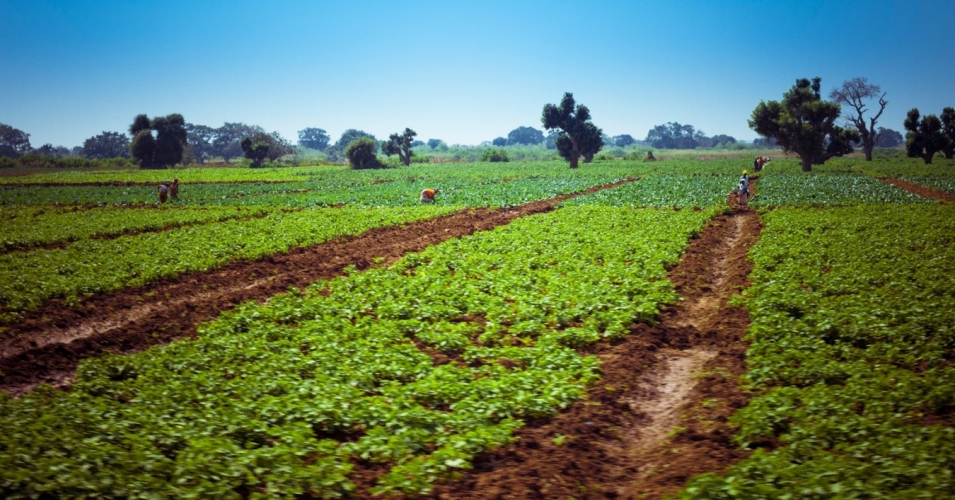On October 12, the government of Mozambique quietly announced that it would close its Agriculture Promotion Centre (CEPAGRI), the agency created in 2006 to promote large-scale foreign investment in the country’s agricultural sector. In a terse statement, government spokesman Mouzinho Saide gave no reason for the closure, saying only that its functions would be subsumed under a different agency in the Ministry of Agriculture.
Longtime Mozambique analyst Joseph Hanlon was not so shy, reporting in his October 18 Mozambique News Report that CEPAGRI was finished because those large-scale projects it was supposed to broker: “none of them have succeeded.”
“Africa remains the largest target for land grabs, accounting for 42 percent of global deals with 10 million hectares under contract.”
Hyperbole aside, Mozambique’s grand visions of foreign capital modernizing its agricultural sector have indeed proven grandiose. Nowhere is this clearer than in the rich Nacala Corridor in northern Mozambique, where the ProSavana project promoted by Brazil, Japan, and Mozambique was going to transform 35 million hectares—nearly 100 million acres—into soybean plantations modeled on Brazil’s cerrado region.
Brazilian agribusinessmen walked away, seeing land that was hardly “unoccupied,” resistance from the communities occupying that land, and poor infrastructure to get any product to its intended markets in China and Japan. ProSavana lives on in name at least—and as an ongoing threat to farmers in the region—but so far, the project’s largest product is hubris. (See my previous articles here and here.)

